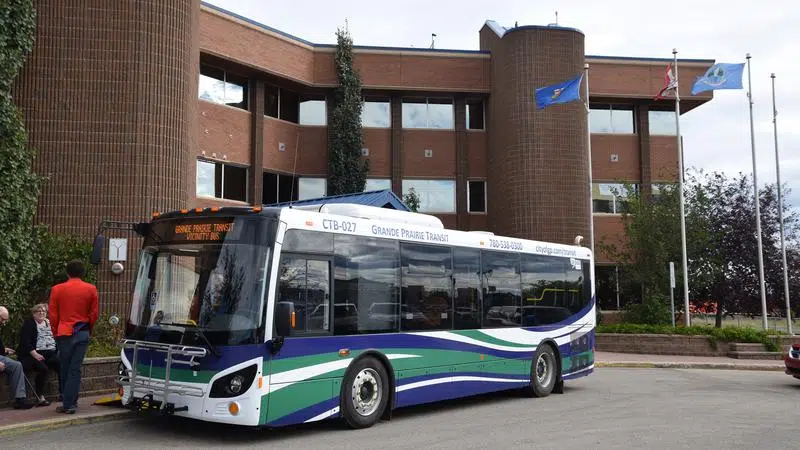
Changes coming to Grande Prairie Transit service
City Council has approved changes to public transit aimed at improving transit efficiency and ridership demands. Smaller busses will be implemented for select evening and weekend service and some routes will see schedule adjustments.
“There are a number of routes and a number of times in areas that it just doesn’t make sense to have larger busses and many communities are in the process of doing this or already have done this for a number of years; where they try to match the demand with the supply. Rather than having a 40-foot bus running around for two or three hours with one or two people on it, you have a smaller bus doing that,” says Steve Harvard, Transit Services Manager for the City of Grande Prairie.
Through a review of the entire transit system in the current Transit Business Plan, a focus has been placed on aligning service levels with ridership demand. New adjustments will include an expansion to route coverage and bus frequency.
